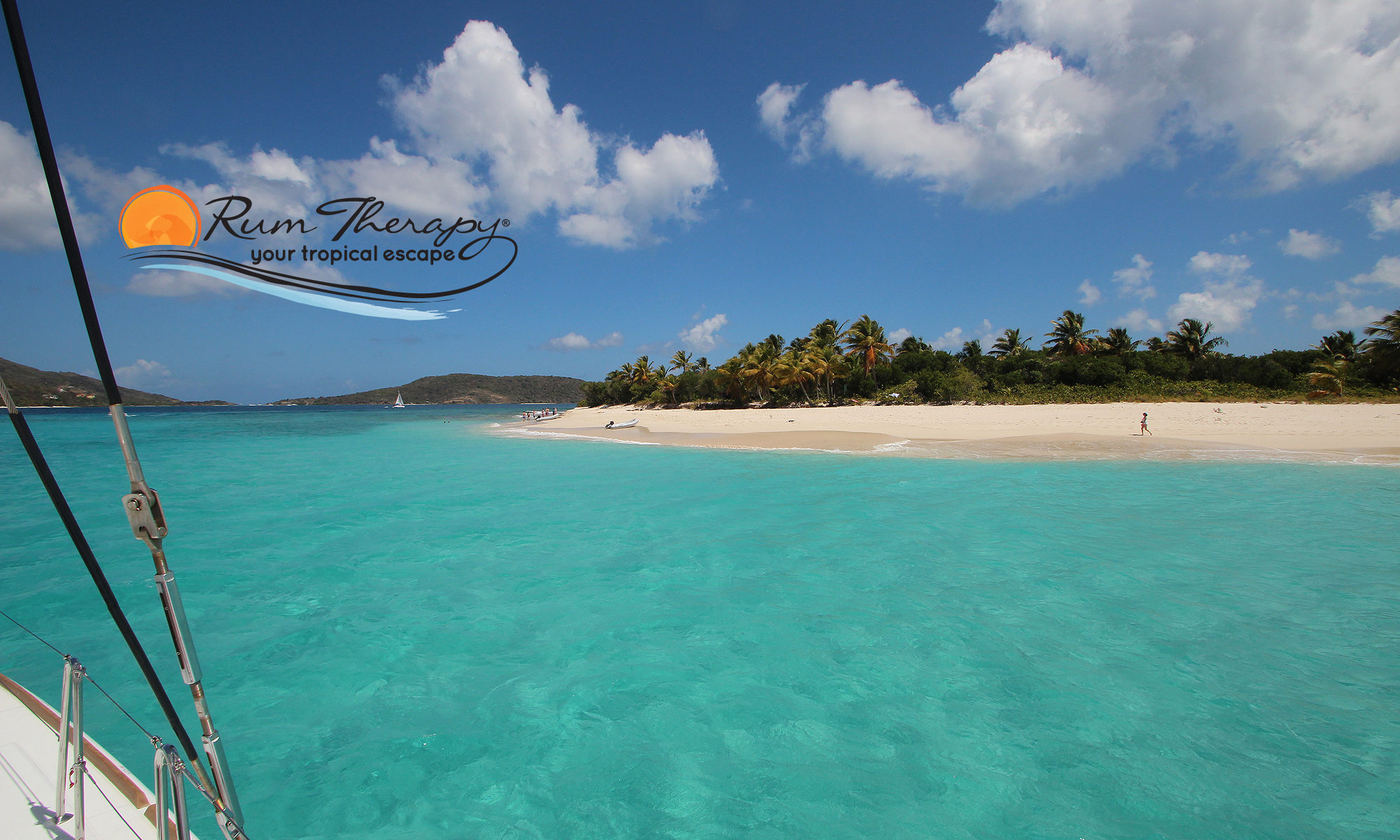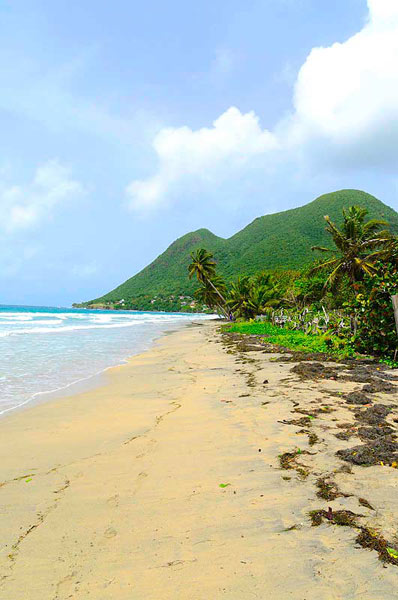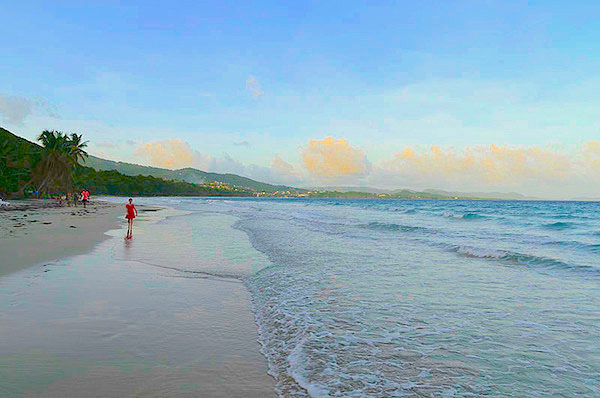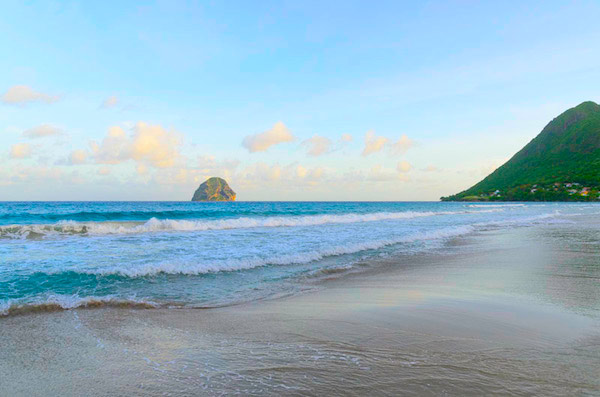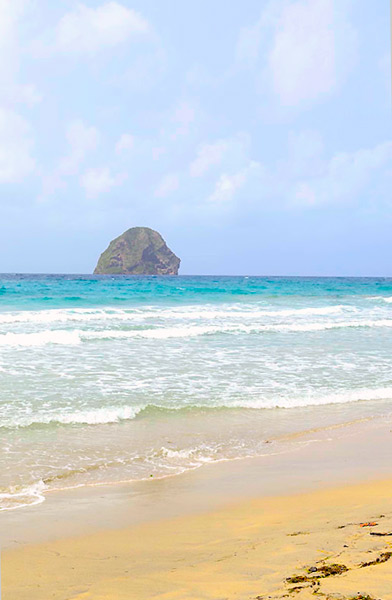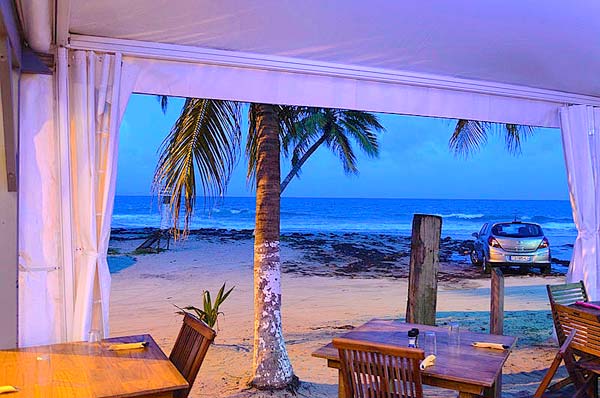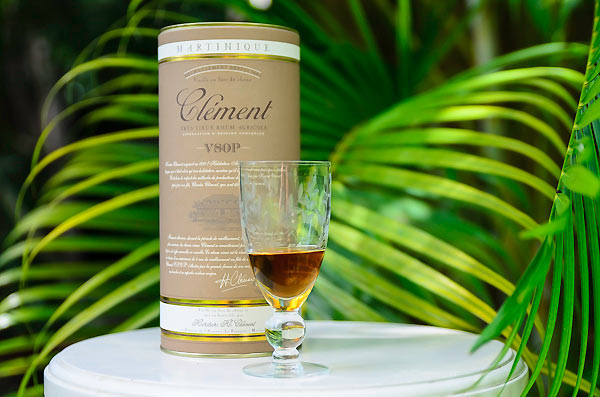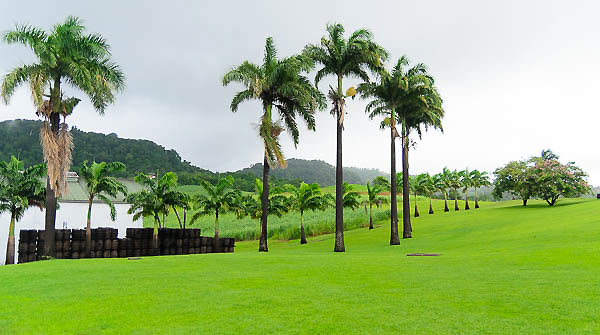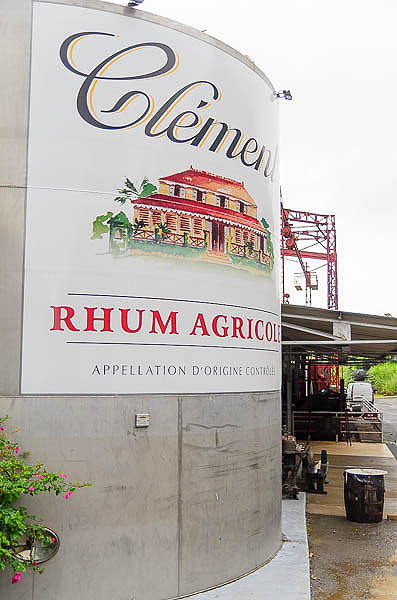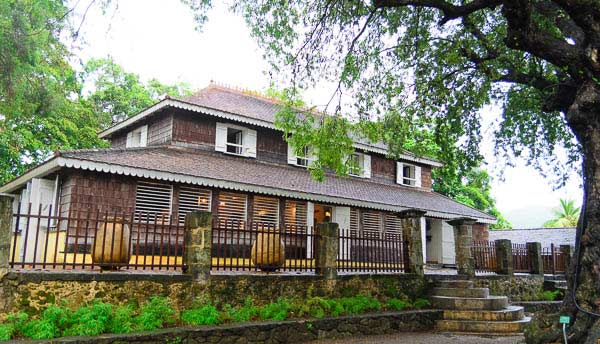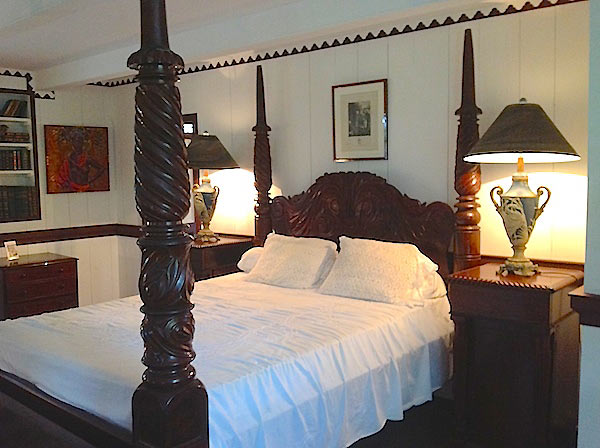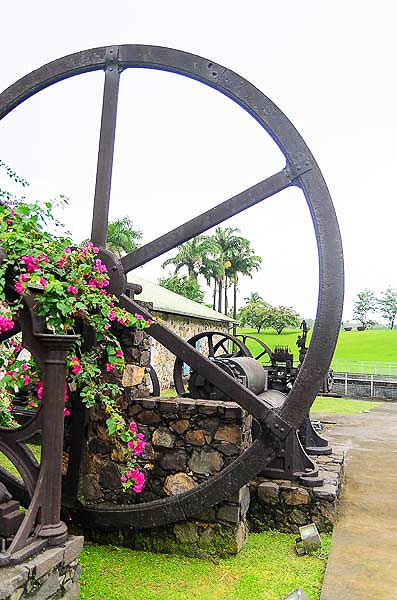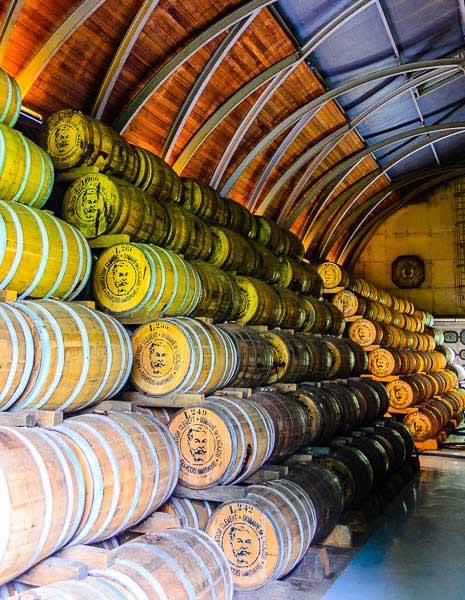by Laura Albritton
photos by Zickie Allgrove
When you’re headed to the Caribbean for much-needed tropication, it’s always great to get a local’s advice. Before we arrived in Martinique, my journalist friend Pascale told me that some of her island’s most unspoiled beaches – with authentic Martinican flavor — lay in Les Anses d’Arlet. After unpacking our bags, my family couldn’t wait to head there and get some warm sand between our toes.
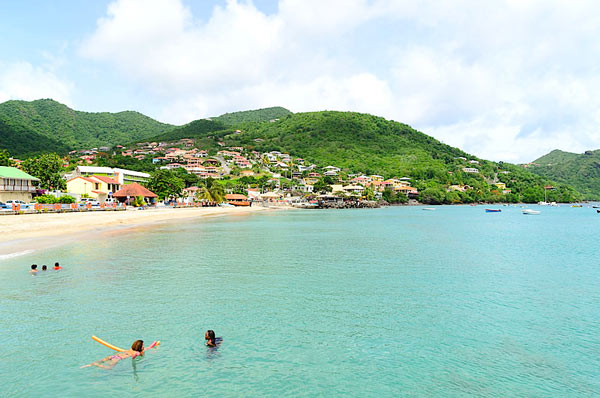
Les Anses d’Arlet is actually what’s called a commune in French, like a county, on the southwestern coast of Martinique. Known for its rustic fishing villages, this hilly, natural area doesn’t offer big hotels or splashy resorts, but you do find irresistible Caribbean ocean with a seriously laid-back attitude.
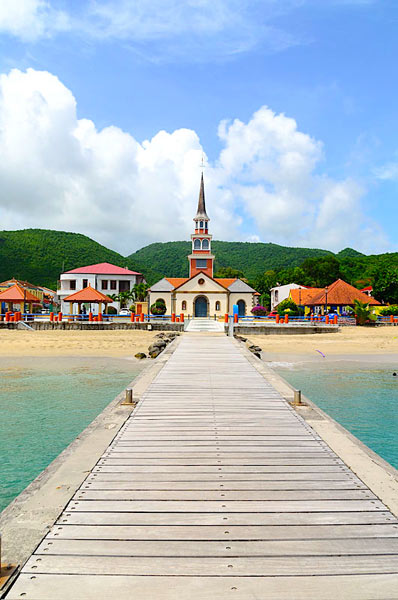
We first explored Petite Anse (meaning “little cove”), a small village with loads of colorfully painted Creole houses, the striking historic church Saint-Henri, and a pier where you can capture unbelievable photographs. A seafront meal at Le Littoral left us happily relaxed. The beach lies right in front of town, which means you can swim in clear-as-glass water, then pop over to the bakery for a treat.
The next day, we headed just a few minutes further north to Grande Anse, a fishing village that is truly tiny by comparison, with a single main street and one souvenir shop, Kay Zaza. But that’s what we loved about it. While the town seems miniature, the cove curves in one long, unending stretch of soft sand. Bright blue and red fishing boats get dragged onto shore after the day’s catch, while sailboats gently rock at anchor in the calm, turquoise sea.
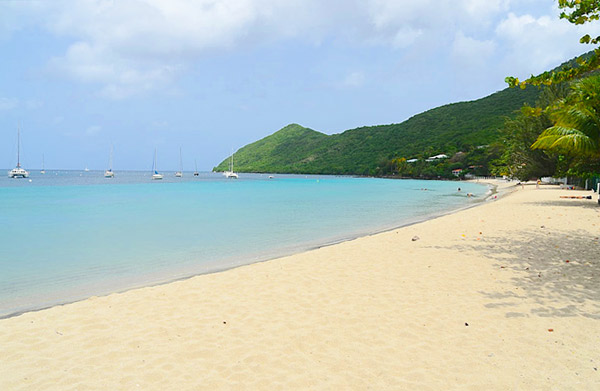
For lunch, we ate at a “lolo” (a Creole beach restaurant) called Bidjoul, where you can sit with your feet literally in the sand. Crayfish in a Creole sauce and whole fried snapper (what they call vivaneau) made for an amazing feast. What a great place to chill out with a crisp, local Lorraine beer.
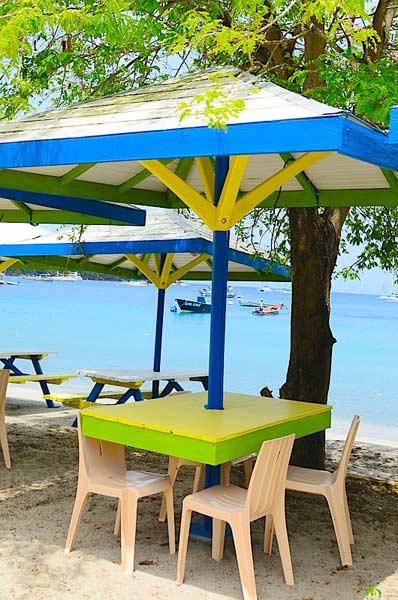
Facing the ocean, you’ll need to head right to reach a beautiful stretch of beach that almost feels like your own private paradise. With only a few rental houses set back from the water, the vibe is peaceful and the view perfectly soothing. The lone bar down this side, Ti Sable (or “little sand”) offers comfortable chaises, a cool island soundtrack, and drinks concocted of fabulous Martinican rhum – for some blissful Rum Therapy.
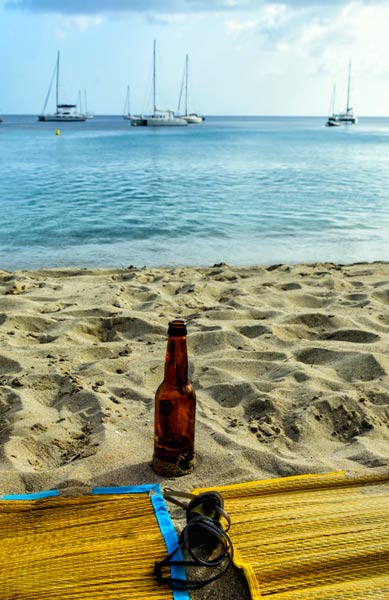
Another cool find? Just in front of Ti Sable, underwater rocks are home to a host of small tropical fish. Don’t forget the masks and snorkels, or buy goggles at Kay Zaza, to see this delightful micro-reef.
Thanks to my friend Pascale, we didn’t miss out on two of Martinique’s most unforgettable beaches, along with the charming Creole atmosphere of Les Anses d’Arlet.
Guidebook author Laura Albritton and her husband Zickie have just debuted their blog Island Runaways (www.islandrunaways.com).
